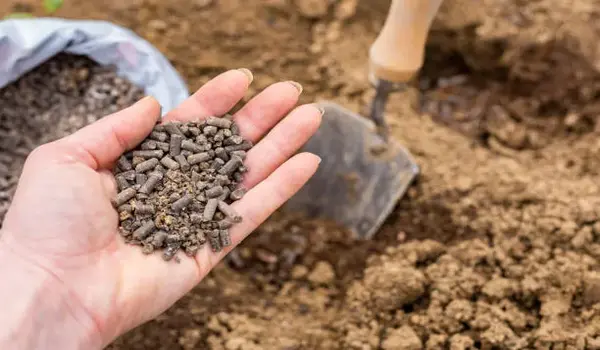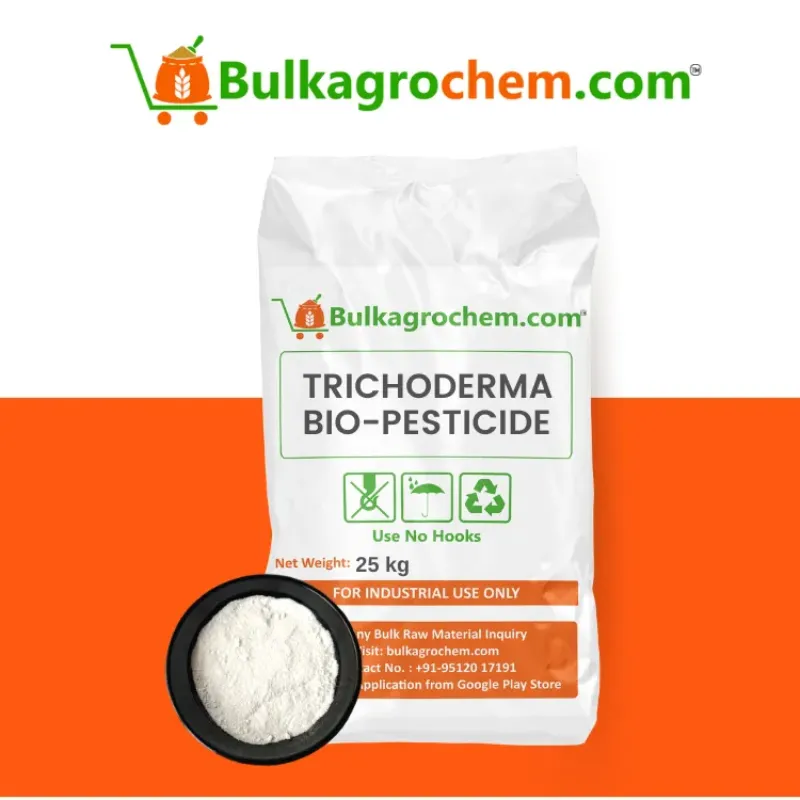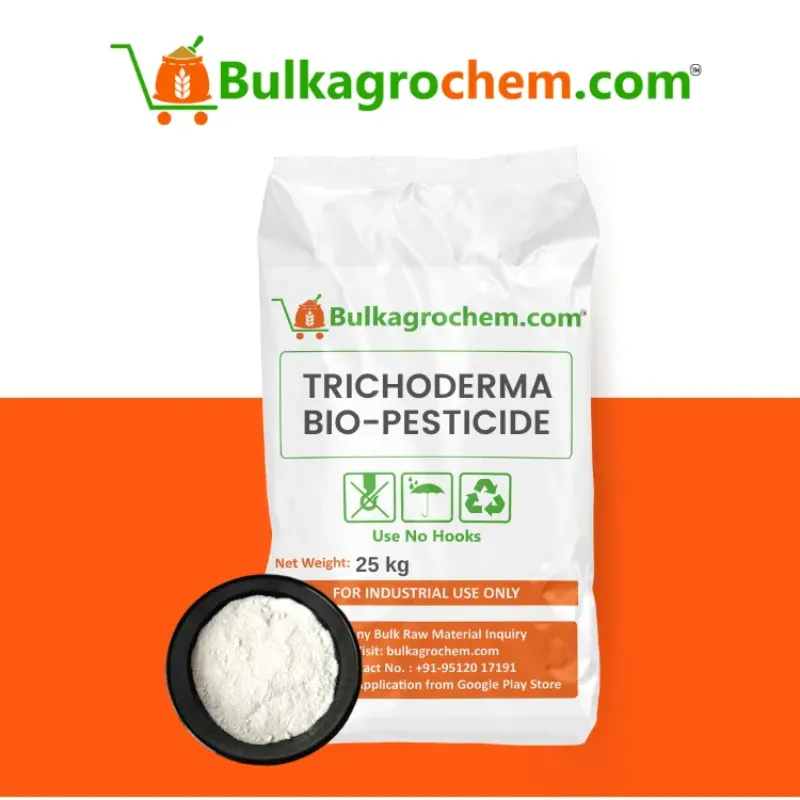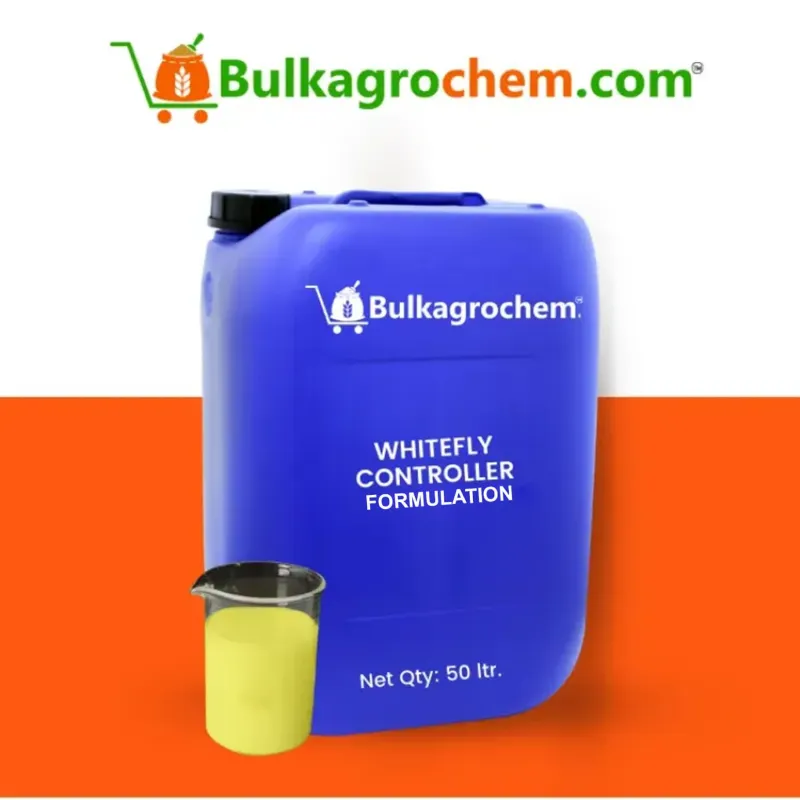Potassium, the third component in NPK fertilizers, is often called the “quality nutrient” for plants, and for good reason. While nitrogen fuels leafy growth and phosphorus strengthens root development, potassium is the nutrient that boosts the production of fruits and flowers, ensuring they are healthier, tastier, and more abundant. This makes potassium an essential player in the growth cycle of many plants, particularly those grown for their fruits and blooms. In this blog, we’ll explore how potassium works in plants and why it's so vital for fruit and flower production. Potassium, represented as the "K" in NPK fertilizer, is essential for several critical processes in plants. It helps regulate the opening and closing of stomata (tiny pores on the leaves), which controls gas exchange and water regulation. Potassium also assists in the movement of water, nutrients, and carbohydrates within the plant. But when it comes to fruit and flower production, potassium’s role becomes even more apparent. It doesn’t just help plants grow—it makes sure they grow with quality. Improved Flower Formation Enhanced Fruit Set Larger, Tastier Fruits Improved Disease Resistance Longer Shelf Life In a typical NPK fertilizer, the potassium content is represented by the third number in the ratio. For example, an NPK fertilizer labeled 10-10-20 contains 10% nitrogen, 10% phosphorus, and 20% potassium. When you’re focusing on boosting fruit and flower production, a fertilizer with a higher potassium percentage is often recommended. It’s also important to ensure the balance of nutrients is appropriate for your plant’s specific growth stage. For example, during the early growth phase, plants may require more nitrogen for leaf development. However, as they begin to flower and fruit, a shift toward more potassium can help maximize production and quality. Potassium deficiency can significantly impact fruit and flower production. Some common signs that your plants aren’t getting enough potassium include:The Role of Potassium in Plants
How Potassium Boosts Fruit and Flower Production
One of the first signs that potassium is doing its job is the promotion of flower formation. For plants, flowers are the gateway to fruit production. Without healthy flowers, fruits cannot develop properly. Potassium ensures that plants not only produce more flowers but that these flowers are vibrant, healthy, and capable of supporting the eventual development of fruit. This is why gardeners and farmers who grow flowering crops or fruit-bearing plants rely on potassium-rich NPK fertilizers.
After the flowers bloom, the next crucial step is fruit setting, where the flower transitions into a developing fruit. Potassium is crucial at this stage. It helps plants manage their energy efficiently, ensuring that the transition from flower to fruit is smooth and that the fruit is well-nourished from the start. Without adequate potassium, flowers may wilt before they set fruit, leading to reduced yields.
Potassium directly affects the size, flavor, and overall quality of the fruit. It increases the sugar content of fruits, making them sweeter and more flavorful. It also ensures that fruits grow larger and more uniformly, leading to higher yields for farmers. In fact, potassium deficiency often leads to small, poorly developed fruits with less appealing taste, making it a key factor in commercial fruit production.
Potassium strengthens plant tissues, making them more resistant to diseases and pests. This is especially important during fruiting, as fruits can be vulnerable to diseases that affect their quality and longevity. By fortifying the plant’s defense mechanisms, potassium helps ensure that fruits and flowers are healthy and protected from environmental stressors.
Fruits grown with sufficient potassium have a longer shelf life, which is a crucial factor for both farmers and consumers. Potassium improves the plant’s ability to retain moisture, reducing the risk of fruit shrinkage or dehydration post-harvest. This means that fruits are not only larger and more nutritious but also remain fresher for longer after being picked.Potassium in NPK Fertilizer: A Balanced Approach
Signs of Potassium Deficiency
Small, Deformed Fruits: Fruits may be smaller than usual or develop abnormally.
Discoloration in Leaves: Leaves may turn yellow or brown, particularly at the edges.
Weakened Plant Structure: The plant may become more vulnerable to diseases or pests due to weakened tissues.
If you notice any of these signs, it’s crucial to introduce a potassium-rich NPK fertilizer to correct the deficiency and help your plants recover.
Potassium for Various Crops
Different crops have varying potassium requirements, but the benefits of potassium-rich NPK fertilizers extend across many plant types. Here are a few examples:
Fruit-bearing plants: Tomatoes, strawberries, apples, and citrus fruits all benefit from potassium to produce larger, sweeter fruits.Flowering plants: Potassium helps ornamental plants like roses and lilies produce more abundant and vibrant blooms.
Root vegetables: Crops like potatoes and carrots also require potassium to improve the size and quality of their produce.
No matter what you’re growing, ensuring a sufficient supply of potassium through NPK fertilizers can make a noticeable difference in your yields and the overall quality of your produce.
The Environmental Edge
Interestingly, potassium also plays a role in helping plants use water more efficiently. By improving the plant’s internal water regulation, potassium allows plants to withstand periods of drought better, making it an environmentally friendly option for farmers looking to reduce water usage while maintaining high crop yields.
This water-use efficiency is particularly important in regions prone to water scarcity, where maintaining healthy fruit and flower production can be challenging. By using a potassium-rich NPK fertilizer, farmers can ensure their plants continue to thrive even under less-than-ideal conditions.
Conclusion
Potassium in NPK fertilizers is essential for fruit and flower production, improving everything from flower formation to the sweetness and size of fruits. By ensuring your plants receive enough potassium, you can significantly enhance both the quantity and quality of your yields. Whether you're a commercial farmer or a home gardener, paying attention to your plants' potassium needs can make all the difference in their success.
If you notice reduced flowering, poor fruit development, or other signs of potassium deficiency, it’s time to switch to a potassium-rich NPK fertilizer. With the right balance of nutrients, your plants will thrive, producing healthier, tastier fruits and more vibrant flowers for seasons to come.





